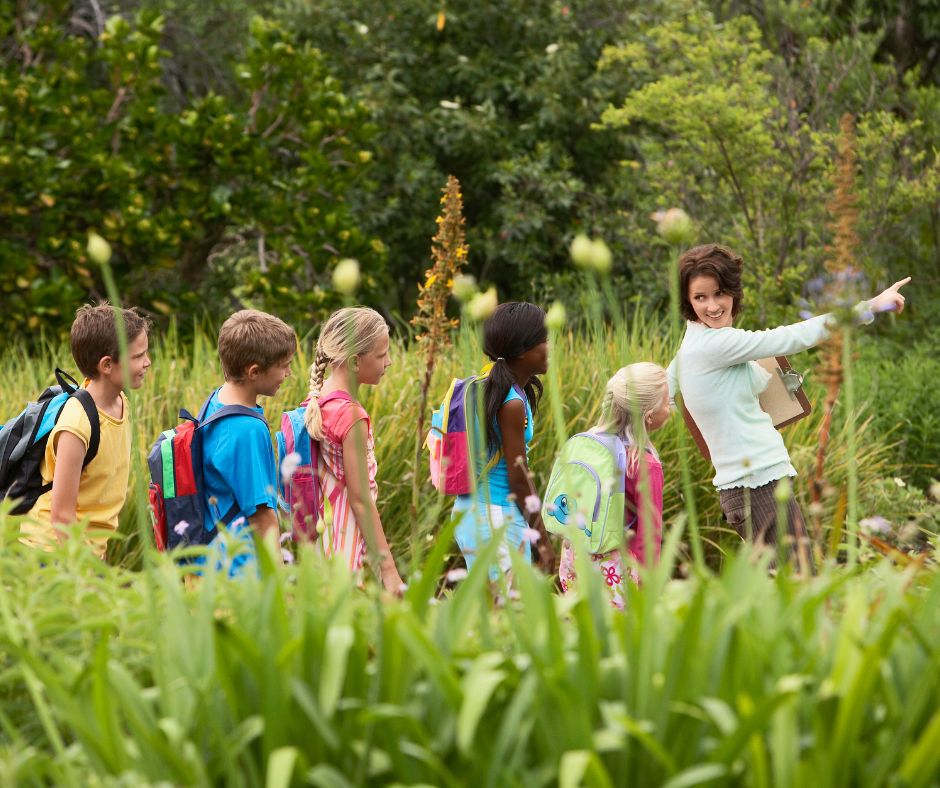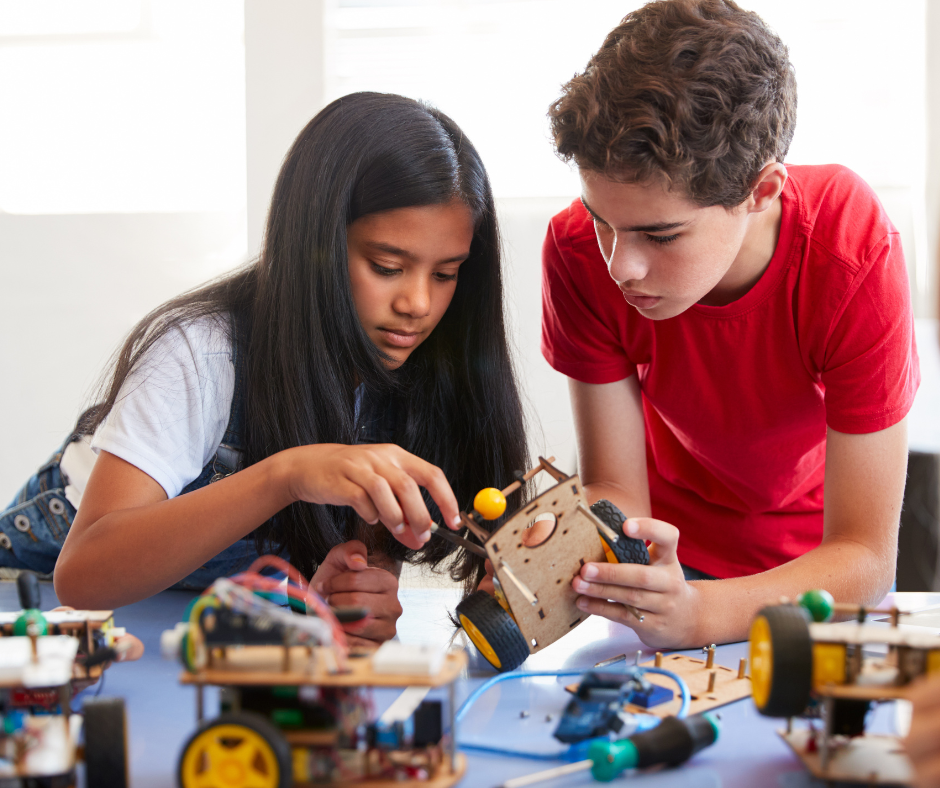
The Hidden Dangers of Sitting Still and How to Avoid Them
There is an ever-increasing awareness among education professionals about the link between physical activity and cognitive child development. We are learning more and more about how the physical growth of a child also affects mental and emotional growth, and vice versa. Young children benefit from a balance of physical activity and social, emotional, and mental stimulus. If you restrict one, you restrict the other as well.
Despite our knowledge of this scientific fact, it’s very difficult and time-consuming to change the classic educational institution, revamping the decades-old traditional classroom in order to make way for a more physically active way of teaching and learning. The classic desk set-up obliges young children to sit still for so long that it can stunt or slow their growth. There are hidden dangers in sitting still. Educators need to be able to spot the signs, diagnose the problem, and create a beneficial (and active!) learning environment for our young charges.
The Hidden Dangers of Sitting Still
Let’s talk about the science of movement in developing children. When they run around, do cartwheels, try out handstands, roll downhill, and climb trees, they are moving their bodies around in different directions. The variety of movement sloshes around the fluid of the inner ear. This helps the child develop a sense of balance, the vestibular sense. An underdeveloped sense of balance (due to a lack of physical activity) is the root of a number of child development concerns.
According to Angela Hanscom, a pediatric occupational therapist and specialist in child development:
"This [vestibular] sense is the unifying sense and supports all the other senses. Many children today are walking around with an underdeveloped vestibular sense. It is the number one issue we have to treat in the clinic. A mature vestibular sense supports attention, emotional regulation, eye muscle control, spatial awareness, and organization of the brain to support learning!"
Without a fully developed vestibular sense, children are more likely to fall out of chairs, fidget, play too roughly with other children, and have difficulty focusing in the classroom, just to name just a few of the challenges they might face.
Knowing some of the science behind the importance of movement can help inspire us to incorporate more movement into the school day. One 15-minute recess per day is not enough. We need to be creative in adding movement on a regular basis to stimulate the senses and encourage development.
Outdoor Classrooms
Many teachers see the benefits of bringing lesson plans outside whenever possible. When in nature, children develop a stronger understanding and connection with what they are learning about the natural world and also have more freedom to move around in it.
Whole-Body Learning Experiences
I encourage teachers to incorporate physical activity into lesson plans whenever possible. Adding a physical component to a lesson can help children retain the information better — in addition to the physical health benefits.
Moving Transitions
Between classes or lesson plans, incorporate five minutes of active transition time. For example, after a math lesson is complete, have students stand up and jump, hop, walk, or skip around the classroom several times to end up back in their seat ready to begin the next lesson. Or, get up and sing a song as a class that requires movement.
More Recess and Outdoor Play
Organizations such as Active Schools and SHAPE America work to get students moving more during the school day whether students are in the classroom, at recess, or in PE class.
How do you fight the hidden dangers of sitting still?





